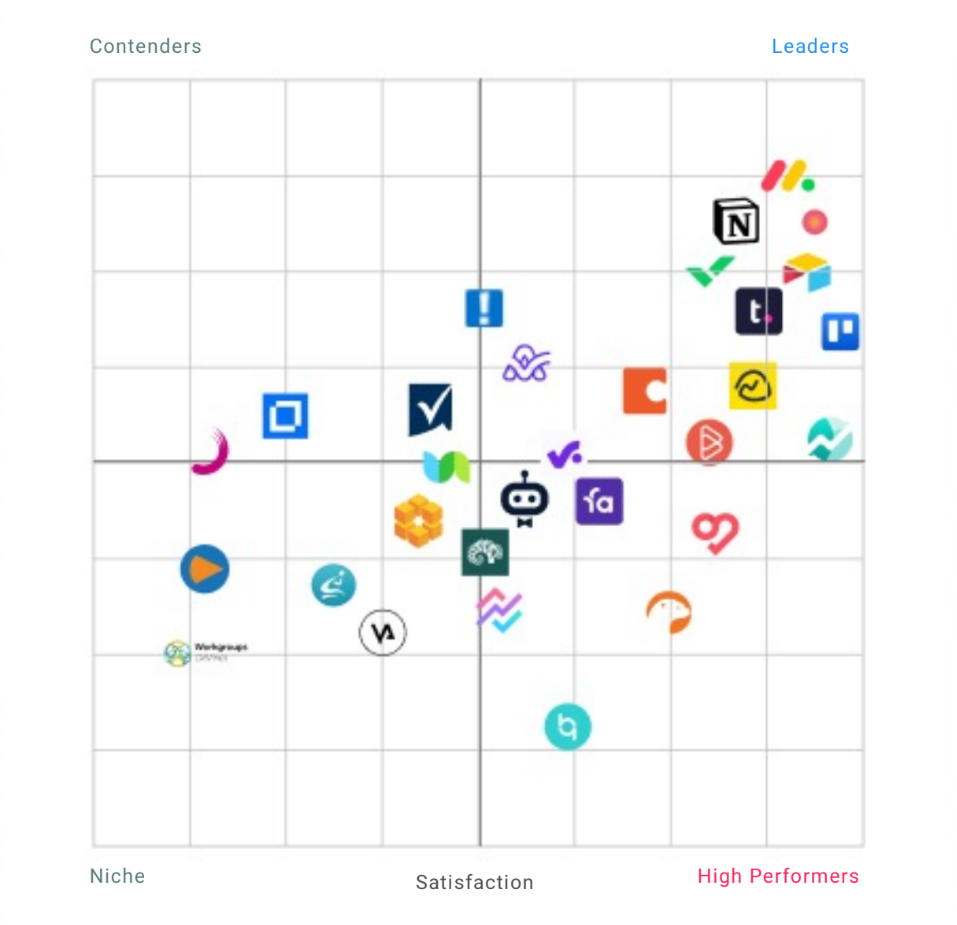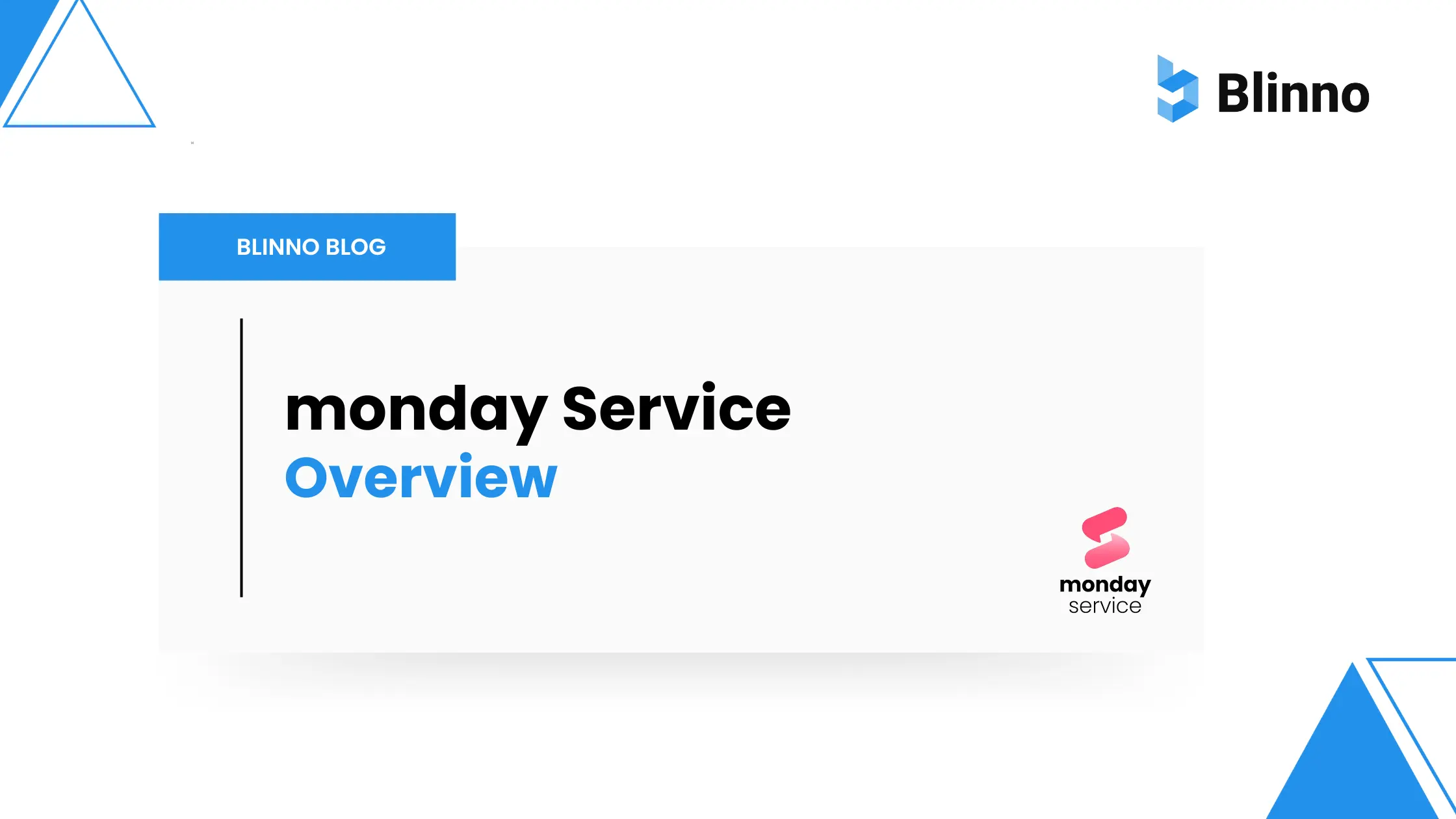You've probably already asked yourself which is the best project management tool and which is best for your company. There are now a number of tools that could make your decision a bit harder. However, in this blog, we'll show you 10 steps to choosing the right project management tool and compare some of the most popular tools.
Starting point: disorientation in the dense jungle of tools
Task and project management still involves a lot of work with emails and Excel spreadsheets or with numerous different tools. That is fraught with obstacles. You quickly lose track of things and have to laboriously collect individual pieces of information.
Managing tasks, controlling resources, and communicating with the team are important elements when carrying out projects. Choosing a tool that gives us everything we need and that adapts to the needs of our company is becoming a decisive factor.
There are now a variety of such tools that make team collaboration easier. But that brings up the next problem: The jungle of possibilities is dense, confusing and can quickly overwhelm you.
The offer ranges from simple tools with few customization options to specific applications for specific use cases to complex and agile software solutions that offer countless options. Not every project management tool is equally suitable for every company. What is completely enough for one company doesn't work in another. It is therefore extremely important to specify your own requirements and, based on this, to carry out intensive research before choosing a project management tool. After all, implementation requires a great deal of time and money.
Benefits of a project management tool
A project management tool offers a variety of benefits for teams and organizations that need to plan, coordinate, and monitor complex projects. With a tool like this, teams can work more efficiently and get better results. Here are some of the key benefits:
Efficient communication
Project management tools provide a central platform for communication between team members. This reduces the need for endless emails and meetings and promotes clearer and timely communication, particularly when the team is working from home.
Better planning and organization
By using project management tools, teams can better plan and organize their projects. You can create and track tasks, milestones, and timelines to ensure that the project is completed on time and within budget.
Transparent collaboration
Project management tools provide transparency about the progress of the project. Each team member can see who is working on which tasks, what progress has been made and what obstacles there are. This promotes better collaboration and enables teams to respond quickly to change.
Resource management
With a project management tool, teams can manage their resources more efficiently. You can allocate employee resources, monitor budgets, and identify bottlenecks to ensure that the project runs smoothly.
Using a project management tool can help teams plan, execute, and complete their projects more efficiently, and ultimately lead to better results.
10 steps to the best project management tool
To make it easier for you to research and decide on a project management tool, we've created a guide on how to choose one for your company.
The following 10 steps have been tried and tested in practice and will help you find the perfect project management tool.
1. Define requirements
Before you can start the actual research, you should define specific requirements for the project management tool. In larger companies, it is worthwhile to put together an evaluation team of members from the management level, IT experts and — very importantly — end users for research and implementation. The latter is particularly decisive when it comes to team acceptance.
Identify tool must-haves together, features that should be included, but
even those that aren't necessary. Of course, the budget must also
be defined.
Ask yourself the following questions:
- Which important processes should be able to be mapped with the tool?
- Who are the primary users?
- What added value should project management software offer my company? How can I measure success?
2. Research
Based on the defined requirements, the next step is a detailed research of the existing project management tools. You can directly exclude all tools with which the defined requirements cannot be implemented from your selection. This allows you to significantly restrict the offer.
Also make sure that the tools can be tested in advance. This is the only way you can find out before you buy whether they really meet the requirements, are user-friendly and how complex they are to implement.
Practical research help, for example, offers you the G2 comparison portal. This allows you to easily filter tools based on specific requirements such as language, budget, company size, and features.
G2 Grid® for project management tools

3. Create a shortlist
You now have a list of many project management tools that are theoretically suitable. However, the so-called longlist is still too extensive for extensive testing. Therefore, you should first break down the selection to a maximum of five tools based on the findings from your research. The products on this shortlist should now meet all previously defined requirements and, in the best case, also take into account the internal framework conditions. Therefore, include the environment of your company (culture, employees, organization of the company, etc.).
4. Get independent reviews
Consult user reviews, testimonials, and case studies about the five tools on your shortlist.
It makes sense to use not only the tools' websites, but also independent sources. Also, don't just limit yourself to opinions about the scope of features. Usability and implementation costs are also important criteria.
5. Conduct initial interviews
Have initial discussions with the providers or software partners of the five tools on your shortlist. You can usually arrange a free consultation with a product consultant directly on the website to find out how the respective tool can meet your business requirements.
During such a conversation, you will usually also receive information about which price packages are available. Tell the provider your requirements and questions and get an introduction to the project management software for you and your evaluation team.
6. Test the two most promising tools
By now, you should be able to break down your shortlist to the two most promising tools. This is followed by the test phase. Put the two tools through their paces with your team using a trial version or a day workshop. You can use most products free of charge within a certain period of time or test them in consultation with the manufacturer.
The test phase should definitely be used intensively for practical testing of the tools. It's impossible to know in advance exactly how helpful a tool really is. Only when the project team has used the tool for a while and has gained real practical experience can they say with certainty how helpful a tool is.
Discuss your experiences and opinions after the test phase to reduce the likelihood that important points will be overlooked.
7. Deciding on a tool
After the trial period is over, you and your team can make a decision in favor of one of the two tools. Then get a detailed offer and present it to management or decision makers in your company.
8. Implementation of the project management tool
From choosing project management software, it goes on to implementing it in a company or project. It is best to identify specific key users who advance the software internally and serve as contacts for the team.
With additional training for these key users on how to use the software, initial frustration within the team can be prevented and productivity can be accelerated after implementation.
The introduction of new software can be difficult. Therefore, try as a team to identify which complications could arise in your company and take preventive measures.
9. Staff training
Implementing software alone does not create project management. It is therefore important to carry out comprehensive training for all employees and to ensure that employees have a point of contact for their questions.
monday.com training
If you want your team to get the most out of project management tools like monday.com, you should take advantage of our training offerings.
10. Stay agile
Your new project management tool has now been launched and all employees are already working with it. But that is not the end of the story. The motto is: Stay agile. After all, there are always small screws that you can turn to further increase efficiency.
Can processes in the tool be further optimized or even completely automated? Can other tools be connected to the project management software? Stay up to date and keep yourself informed about updates to your new project management software.
Our recommendation: monday.com
You may have already come across monday.com while searching. monday.com is a versatile project management platform that helps teams plan, organize, and track their projects efficiently. The software provides an intuitive user interface that allows teams to easily create and manage tasks, milestones, and timelines. With features like transparent collaboration, resource management, and real-time analytics, monday.com provides everything teams need to successfully collaborate and complete their projects on time.
If you want to know more about monday.com, we recommend reading more on our blog or book a free consultation with us.
Conclusion: Take enough time
At first glance, certain tools often seem to be better than they really are. For example, some tools look cheap at first. But when you consider that every team member must have access to the tool, the costs of some tools skyrocket. In addition, many tools are not really compatible with each other and there is often a lack of good links to software programs that have already been used.
All of this must be considered when choosing the right tool. Don't choose the tool that might be the best from a neutral standpoint. Instead, choose the tool that best suits your specific situation.
Also, don't be afraid to take enough time for the selection process. Having suitable project management software offers so many advantages and the time you invest in the 10 steps mentioned is guaranteed to be quickly recovered later by using your tool.




.svg)